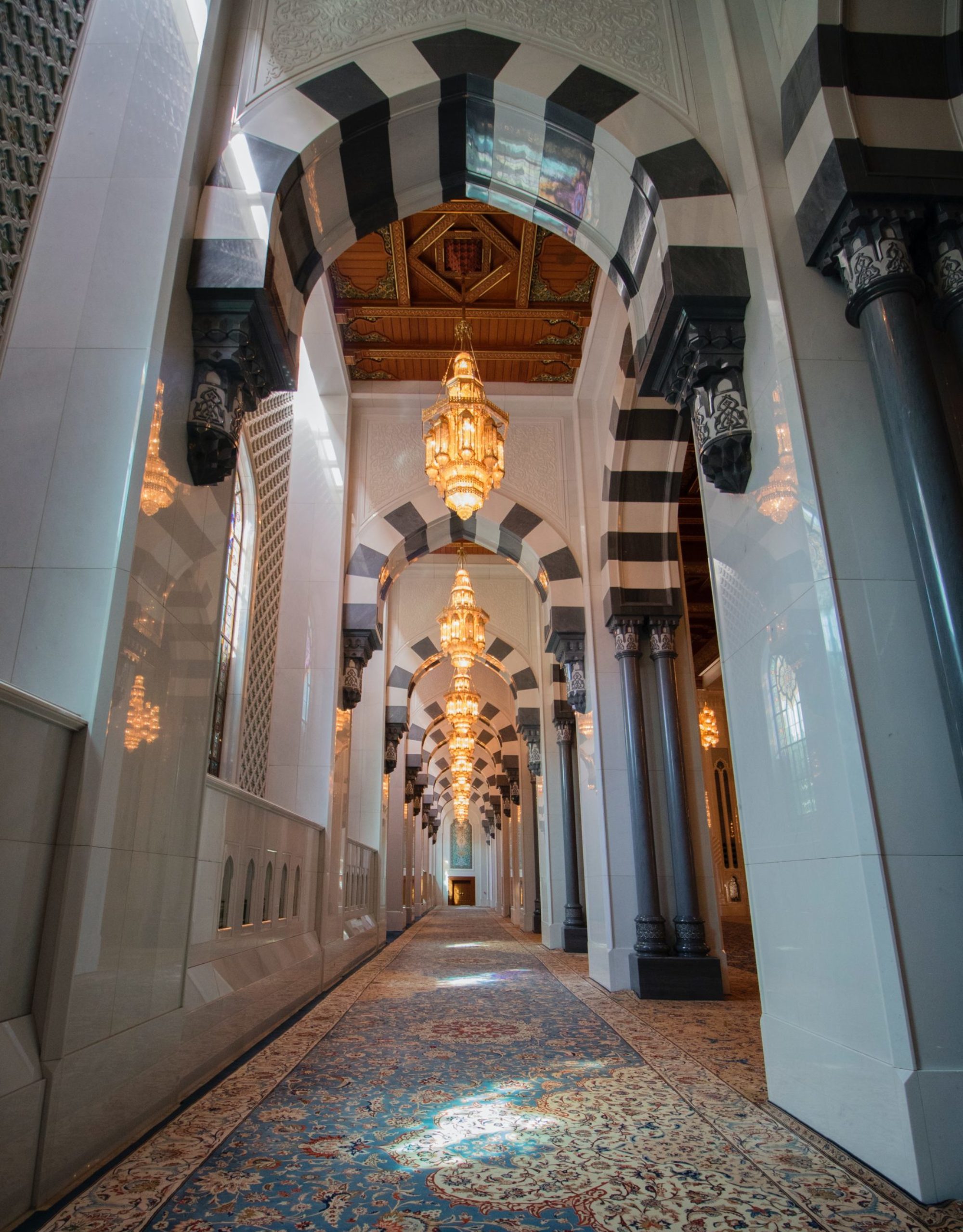Every year in October, the Arab American Club of Knoxville AACK presents the Arab-Fest at the Pedestrian Walkway at the University of Tennessee. One of our major activities includes the Traditional and Modern Fashion Show to various costumes of the Arab world worn by women, men, and children from our community. This year, the 5th annual festival will take place on October 27th &28th.
Included photos represent the traditional clothing of Syria. The official name of the country known as the Syrian Arab Republic, and it is located on the east coast of the Mediterranean Sea in southwestern Asia in the heart of the Middle East. Syria shares borders with Lebanon, Palestine, Jordan, Iraq, and Turkey. Damascus is the capital city of Syria and considered one of the oldest inhabitant cities in the world along with Aleppo. It is commonly known as “ash-Sham”, which means the north in Arabic, and it is dubbed as the city of Jasmine.
The traditional Syrian clothing is very diverse from the coastal plains, the countryside, and to the mountainous region. The clothing style differs between villages within a region and between different regions within the same country. Even each ethnic group has its own style and identity.
The traditional dress for women is usually a long soft garment made of dark colors with a triangle or squared sleeves called as Thob. Such dresses are elegantly embroidered with different motifs and colors around the neck, chest, waist down, sleeves, and the sides. Their natural surrounding of floral, palms, cypresses, conifers, and geometrical patterns inspired the motifs. A various type of needlework techniques used in Syrian embroideries such as cross-stitch, cord couching, satin stitch and chain stitch (Aghabani), the Sarma technique, and many more. The Sarma technique involves attaching cardboard shapes wrapped with silver and gold thread to a velvet dress. This is mainly found in traditional Syrian wedding customs in Aleppo and Damascus. The social and marital status has played a major role in choosing the dress material, and it varied from cotton, linen, cashmere, velvet, silk, and wool. The color of the dress varies between burgundy, black, green, or dark blue. The older women wear the deep colors, but the young women wear brighter colors.
Along with Thob, women wear a head cover wrapped around with a veil made of long silk cloth called Shambar; it could be plain or decorated with spectacular embroidery, fringes, and tassels that are held in place by a headband. The headbands consist of a smaller and thinner scarf called Asbeh or Mandil that is folded diagonally, and it is made of fine transparent silk or cotton.
As for men, the Shirwal is a type of pants worn by males only, and it is usually black made from cotton, linen/flax, or polyester. It is baggy, loose wide at the crotch, with some elastic waist and tight at the ankles. However, they are common in Homs province in western Syria. The purpose of the Shirwal is to provide comfort and ease of movement. Men also wear a long sleeves shirt called Qamis topped with simply embroidered vest usually known as Sidrieh. A fabric belt known as Shamlah is added around the waist to carry their small belonging inside it.
Another type of men clothing is the Jalabieh; a loose one-piece gown with long sleeves and made of light colors materials in the summer and dark colors coarse material in the winter. A cloak is worn on top of the Jalabieh, usually known as Abaya that is normally made of various lightweight silk, artificial silk or mixed silk or cotton fabrics. It is made of two straight widths fabric sewn together to wrap the whole body. It has an opening at the front, and it has a narrow embroidery or applique on the neck and shoulders’ seams.
In a similar matter, the Jalabieh has another style known as Al-Saieh. It is made of silk fabrics with different colors, and it is worn with a scarf placed widely around the shoulders. The scarf is made of Damascene Brocades (Brokar), which is top the list of all Syrian textile products. It is made of natural silk with gold and/or silver threads on looms worked by hand, and it is tough and wrinkles proof fabric. The silk comes from the Homs region. The designs are called damask, Aghabani, Dima, and cashmere. A jacket or vest can also be worn above the Al-Saieh and is known as Al-damer.
Furthermore, the men wear a three-piece head cover. The bottom piece is a cap called Taqiyye. The second piece is a scarf known as Hatta that goes on top of the cap. It varies from a pure white scarf made of fine silk or cotton and decorated with long fringes often or little tassels. A different kind of headscarf usually known as Kofieh or Shmagh made of black and white or red-checkered style is also worn. These headscarves are used to protect the head from the sun. On top of the scarf comes the Ogal. The Ogal is a black band just to hold the scarf and the cap in place. Another headwear is the Tarboush. The Tarboush is a cylindrical red headwear with a black tassel dangling from the top, and it is gradually started to replace the three–pieces headgear mentioned above that the Damascenes adapted from the Ottomans in the early 18th century.
Eventually, the traditional clothing of Syria is part of their rich heritage, and this folklore is known for its conventional crafts, embroidery, and fabulous designs; however, nowadays people normally wear westerly attires, yet these traditional customs are still popular among the Syrian community, mainly the elderly. Otherwise, these customs are also revived through History-based drama television series, in order to preserve the heritage.
